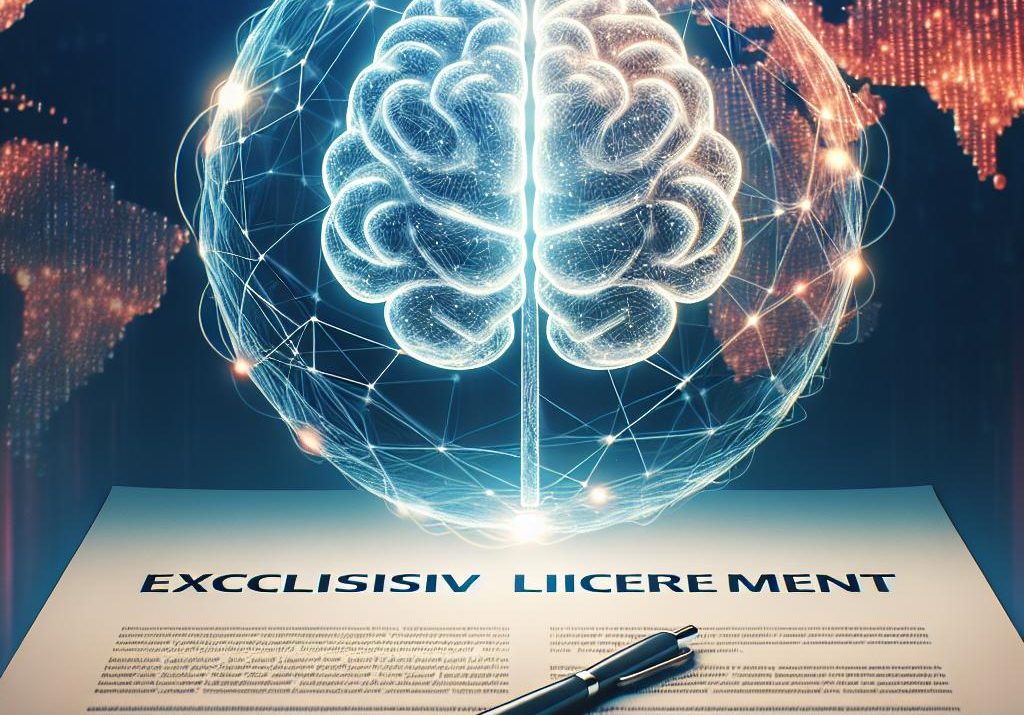Angelini Pharma has secured an exclusive global option to develop and commercialize SVG105, a preclinical antisense oligonucleotide targeting the mTOR pathway, from South Korea–based Sovargen. The deal covers all territories outside the Republic of Korea, China, Hong Kong, Macau, and Taiwan. The companies will jointly lead preclinical work, after which Angelini can exercise its option to take the asset into clinical development and the market. Sovargen receives an upfront payment and is eligible for up to approximately $550 million in milestone payments, plus tiered royalties on post-approval sales.
The move extends Angelini’s systematic buildout in brain health through external innovation and diversifies its modalities into antisense alongside recent additions spanning small molecules, biologics, and blood–brain barrier delivery. An optioned, milestone-heavy structure underscores the capital-efficient BD models now favored for preclinical CNS bets, transferring early scientific risk while securing downstream optionality. It also signals Angelini’s intent to compete in precision neurology rather than solely in symptomatic seizure control, where differentiation is increasingly difficult and generic erosion is relentless.
This matters because mTOR dysregulation is a genetically validated driver across a set of severe epilepsies—particularly pediatric, drug-resistant forms tied to somatic mosaicism such as focal cortical dysplasia type II and broader mTORopathies. If SVG105 can modulate aberrant signaling upstream of seizure phenotypes, it could shift the standard of care from chronic symptomatic suppression to disease modification, potentially reducing the need for invasive surgery. For patients and HCPs, the promise is targeted therapy aligned with genotype and pathology; for payers, the calculus will hinge on demonstrable reductions in seizure burden, hospitalizations, and procedures, balanced against high-cost intrathecal therapies and the need for advanced diagnostics.
The development pathway will be complex. ASOs for CNS indications now have regulatory precedent, but long-term safety, dosing intervals, and pediatric tolerability remain critical. Diagnostic readiness is a gating factor: detecting low-frequency somatic mutations may require tissue-level or advanced sequencing strategies, challenging broad adoption. Medical Affairs will need to shape testing algorithms, build center-of-excellence networks, and harvest high-quality real-world data to complement seizure endpoints and support early health technology assessments. Biomarker strategy—potentially using pharmacodynamic readouts of mTOR pathway activity—will be essential to de-risk translation and persuade regulators and payers.
Strategically, Angelini is positioning against a changing competitive backdrop. While rapalogs are entrenched in some mTOR-driven conditions, durable efficacy and tolerability limits persist. The ASO field in neurology is expanding beyond spinal muscular atrophy into targeted epilepsies and rare neurodevelopmental disorders, with a mix of biotech and academic players exploring N-of-1 or ultra-rare programs. Angelini’s recent tie-ups—GRIN-related radiprodil outside North America, a preclinical biologic sourced from OmniAb, BBB access via a transferrin receptor platform, and a small-molecule discovery alliance—suggest a portfolio designed for modularity: multiple shots on goal, converging on precision mechanisms and delivery.
For commercial leaders, the implications are clear: early payer engagement around patient identification, diagnostics reimbursement, and outcome metrics will determine pricing headroom. For clinical teams, intrathecal logistics and pediatric site readiness must be built well before pivotal trials. For BD, the optioned, regionally carved structure reflects the new normal in CNS dealmaking amid higher capital costs and steep translational risk.
The near-term signal to watch is whether preclinical data can validate target engagement and CNS exposure with an acceptable safety margin. If Angelini can translate that into a coherent clinical and biomarker package, it could cement a European mid-cap template for competing in precision neurology. The open question is whether delivery, diagnostics, and economics will scale fast enough to turn a targeted ASO for mosaic mTORopathies into a replicable commercial model.
Jon Napitupulu is Director of Media Relations at The Clinical Trial Vanguard. Jon, a computer data scientist, focuses on the latest clinical trial industry news and trends.







